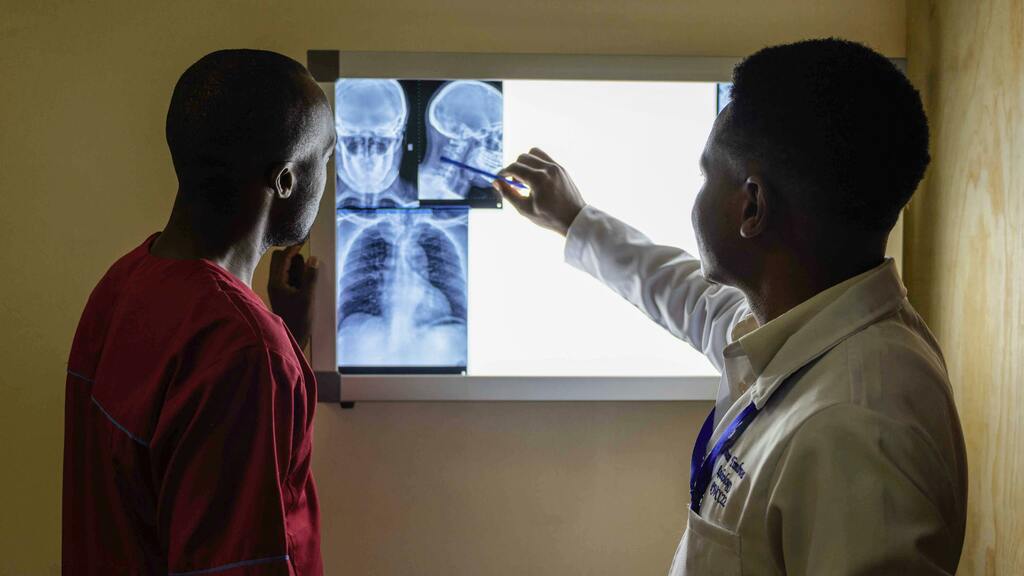

Radiography is used in many types of examinations and procedures where a record of a static image is desired. Some examples include
Radiography is a type of x-ray procedure, and it carries the same types of risks as other x-ray procedures. The radiation dose the patient receives varies depending on the individual procedure, but is generally less than that received during fluoroscopy and computed tomography procedures.
The major risks associated with radiography are the small possibilities of
When an individual has a medical need, the benefit of radiography far exceeds the small cancer risk associated with the procedure. Even when radiography is medically necessary, it should use the lowest possible exposure and the minimum number of images. In most cases many of the possible risks can be reduced or eliminated with proper shielding.